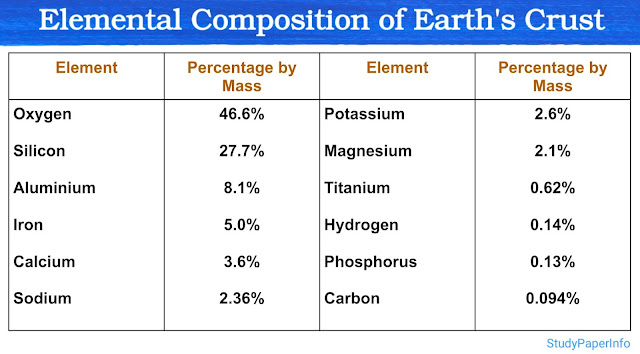Write functions of the plasma membrane
The plasma membrane is crucial for the survival and proper functioning of the cell. Some of its primary functions include:
1. Selective Permeability and Transport
One of the most critical functions of the plasma membrane is its selective permeability, which means it regulates the movement of substances in and out of the cell. The membrane allows essential molecules like oxygen, nutrients and water to enter the cell while preventing harmful substances from getting in. Similarly, waste products are expelled to maintain cellular function.
There are three main types of transport mechanisms in the plasma membrane:
- Passive Transport (Diffusion, Osmosis, and Facilitated Diffusion): This occurs without the use of cellular energy (ATP). Molecules move from an area of high concentration to low concentration.
- Active Transport: This process requires ATP to move molecules against their concentration gradient, such as the sodium-potassium pump.
- Endocytosis and Exocytosis: Large molecules like proteins and polysaccharides enter the cell via endocytosis, while exocytosis helps remove large waste molecules.
2. Cell Communication and Signal Transduction
The plasma membrane is embedded with receptor proteins that allow cells to communicate with their environment. These receptors bind to signaling molecules (hormones, neurotransmitters and growth factors), triggering a signal transduction pathway that leads to a cellular response. For example, insulin binds to receptors on muscle and liver cells, allowing glucose uptake.
3. Structural Support and Cell Shape
The plasma membrane helps maintain the structural integrity of the cell. Proteins and lipids in the membrane interact with the cytoskeleton, providing stability and shape. The membrane is also flexible, allowing cells to change shape, which is crucial for processes like phagocytosis (engulfing pathogens) and cell movement.
4. Cell Recognition and Immune Response
Embedded in the plasma membrane are glycoproteins and glycolipids, which serve as identification markers. These molecules help the immune system recognize "self" versus "non-self" cells, preventing autoimmune responses. For example, major histocompatibility complex (MHC) proteins help immune cells detect foreign invaders.
5. Cell Adhesion and Tissue Formation
Cells within tissues must adhere to one another to form functional structures. The plasma membrane contains specialized proteins called cell adhesion molecules (CAMs) that facilitate connections between adjacent cells. These proteins help in the formation of tight junctions, desmosomes, and gap junctions, which are essential for tissue integrity.
6. Regulation of Homeostasis
The plasma membrane plays a vital role in maintaining the internal environment of the cell by regulating ion concentrations, pH levels and hydration status. It ensures a stable environment that is essential for biochemical reactions and overall cellular function.



Comments
Post a Comment